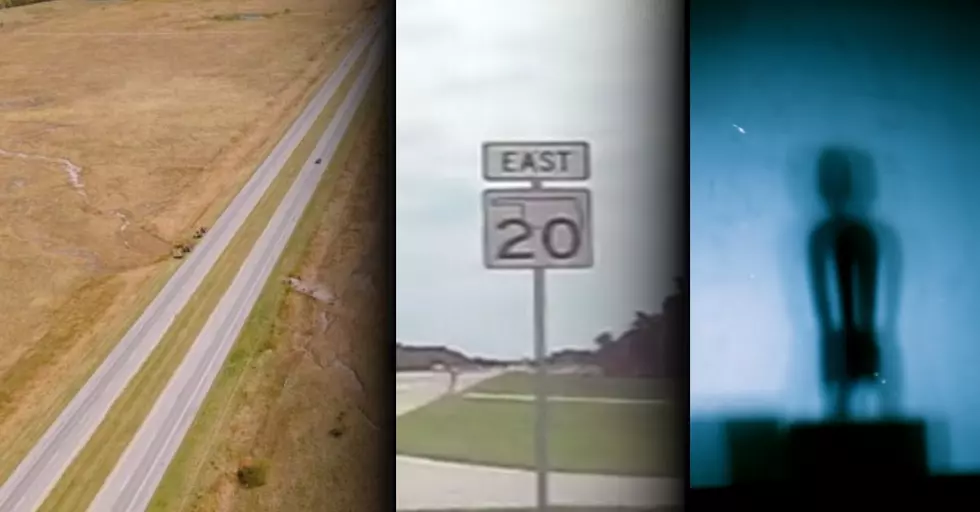How To Find The Deer – Tips For E-Scouting
When it comes to hunting in Southwest Oklahoma, most people pick a convenient place close to access and try their luck with the old sit & wait method. If you're like me, it's hard to sit and look out on empty land for days on end. You start whispering, rolling through any thought in your mind to pass the time, and before you know it, you've missed your opportunity. I'd assume it's a more common tale than you'd think.
So the question is, how do you find a place that will have you in the trophies day in and day out? The Oklahoma Department of Wildlife and Conservation says it all starts with a little bit of solid e-scouting.
I may never get to the point like how my Uncle James "just knew" where the good spots were, but using a little 21st-century technology might add a little insight to making your hunt a success.
In the video above, wildlife biologist Chris Parker takes you through his own method of how to find where the deer will be. As few deer as I've seen in recent years, it's good to be open to any suggestion at this point.
He starts off with learning to read the topography of a map. You know, those maps with all the squiggly lines on them... Utilizing it, you can start to identify the features of the land and get an idea of where you should pop open your blind at.
I'm a much better angler than I am a hunter, and these maps are killer for staking out a lake, why hasn't this idea been obvious for the hunt?
With an additional couple of layer options, you can get right down into where the deer should be moving instead of trying your luck overlooking a wheat/feed field this year.
Step two is putting eyes on what you see on the map. Go to the locations you've scouted, see if they lay as you envisioned it on the screen. If it looks good, pop open the blind, stake it down and spend a few days seeing if it was good advice after all. Being a state wildlife biologist, I think it's safe to take his advice.
Here's hoping your hunt is better than mine has been so far.
John Wayne: An American Experience museum Ft. Worth, TX.
Check out this Amazing Castle for Sale in Oklahoma
10 Dallas Adventures You Can Do All In One Day
The Beauty Of Southwest Oklahoma
More From KZCD-FM









